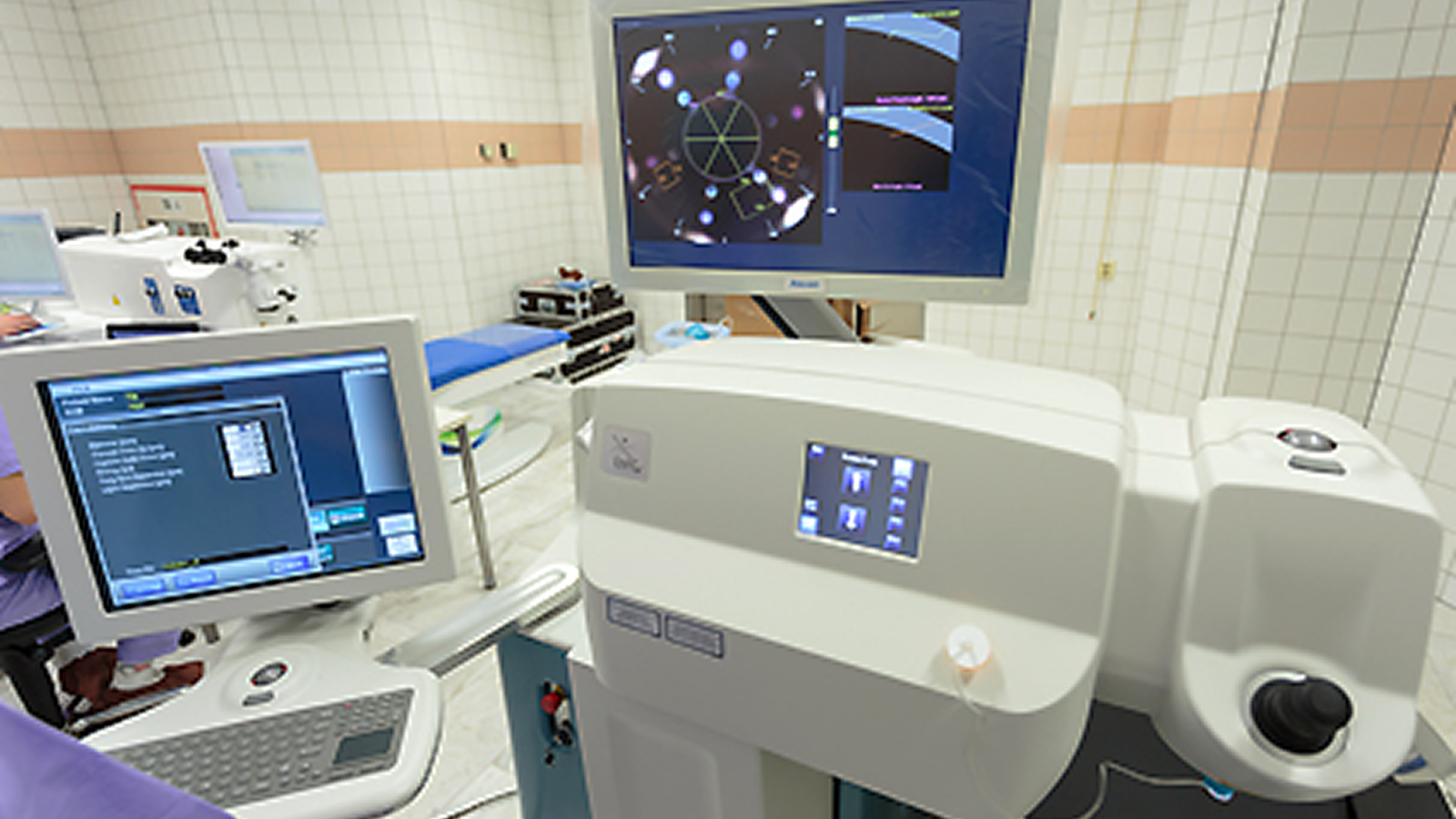About
Laser refractive surgery involves using a high-precision excimer laser to reshape the cornea and permanently modify its refractive power. In S. Fyodorov Eye Microsurgery Federal State Institution we use the most modern excimer laser systems, which provide the top speed and accuracy of refractive correction and allow to achieve the best clinical outcomes.
Today the two most modern refractive surgery procedures are femtosecond laser-assisted in situ keratomileusis (Femto-LASIK) and Small Incision Lenticule Extraction (SMILE). Both procedures use only a femtosecond laser, which is programmed to harmlessly pass through the upper layers of the cornea.

